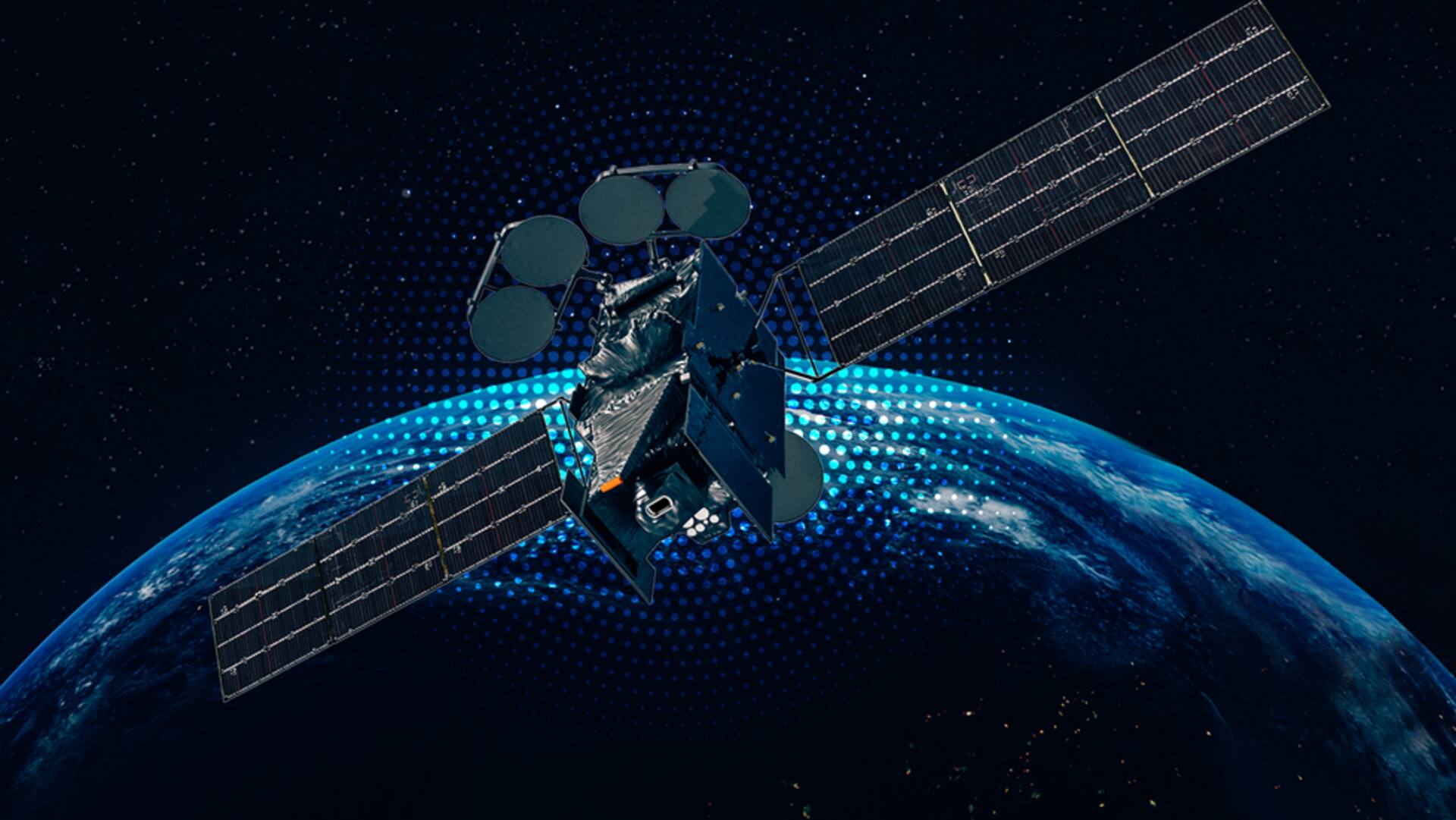
NASA SpaceX's TEMPO mission will monitor air pollution every hour
What's the story
NASA, in partnership with SpaceX, has launched an air-quality monitoring mission called TEMPO (Tropospheric Emissions Monitoring of Pollution Instrument). The Earth-observation instrument is a payload on Intelsat 40E, a commercial communications satellite. It took off on a SpaceX Falcon 9 rocket from the Cape Canaveral Space Force Station in Florida at 12:30am EDT (10:00am IST) on April 7. Here's more about the mission.
Launch
The rocket's upper stage has successfully deployed the satellite
About nine minutes after launch, the Falcon 9 booster landed successfully on SpaceX's drone ship—A Shortfall Of Gravitas—in the Atlantic Ocean. It's confirmed that the rocket's upper stage deployed the Intelsat 40E satellite as per schedule, roughly 32.5 minutes after liftoff. Today's launch was the fourth flight for Falcon 9's first stage and the 23rd launch for SpaceX this year.
TEMPO
TEMPO will monitor air pollution every hour
"TEMPO is the first space-based instrument to monitor major air pollutants hourly in high spatial resolution," of approximately 10.3 square kilometers, according to NASA. It will cover a "region stretching from the Atlantic to the Pacific and from the Canadian oil sands to below Mexico City, encompassing the entire continental United States." The instrument was built by Ball Aerospace, a Colorado-based company.
Operations
The instrument is about the size of a dishwasher
TEMPO, which is about the size of a dishwasher, will conduct observations in the ultraviolet, visible, and near-infrared wavelengths of light. It will detect pollutants such as formaldehyde, nitrogen dioxide, and ozone in the lower troposphere. TEMPO is slated for a primary mission of 20 months but could perform operations for much longer. It was integrated into the Intelsat 40E satellite by Maxar.
Monitoring
TEMPO will make use of advanced imaging
TEMPO will make use of advanced imaging to collect light-scattering data on sunlight that bounces off Earth's atmosphere at different levels Using this information, the ground teams will be able to translate those wavelengths of light into local concentrations of different pollutants in the air, explained Dennis Nicks, from Ball Aerospace. However, TEMPO is not the first spacecraft to monitor air quality.
Limitations
Several instruments in orbit collect pollution-related data
NASA and NOAA have several instruments in orbit which collect pollution-related data. But they have been positioned at the Low Earth Orbit (LEO), which is a limitation, according to researchers. At the LEO, missions like the Orbiting Carbon Observatories can gather only one air quality reading per day across each location. Further, these readings come at a fixed time, serving as a drawback.
Advantages
TEMPO has a resolution of around 10 square kilometers
Devices at the LEO tend to make measurements at a lower resolution, at about 259 square kilometers, said Karen St. Germain, head of NASA's Earth Science Division. During the day, air quality undergoes several fluctuations, and here is where TEMPO would prove to be advantageous. The spacecraft will monitor air pollution every hour and with a much better resolution of approximately 10.3 square kilometers.
Information
TEMPO will be positioned about 36,000 kilometers above Earth's equator
TEMPO will be positioned at 91 degrees west in a geostationary orbit (GEO), about 36,000 kilometers above Earth's equator. Meanwhile, the Intelsat 40e is equipped with two large solar arrays to provide power and is built to operate for at least 15 years.
Official words
NASA spent over $90 million on developing the instrument
"The total cost to NASA is approximately $210 million," said Kevin Daugherty, project manager of TEMPO at NASA's Langley Research Center in Virginia. "Of that, just over $90 million was for the instrument development itself." "And the remainder has been for both paying our contractors for hosting TEMPO and then integration, but as well as some support engineering and management that's been going on."
Twitter Post
Take a look at the spacecraft separation
Spacecraft separation confirmed! The Intelsat satellite hosting our @NASAEarth & @CenterForAstro #TEMPO mission is flying free from its @SpaceX Falcon 9 rocket and on its way to geostationary orbit. pic.twitter.com/gKYczeHqV5
— NASA (@NASA) April 7, 2023